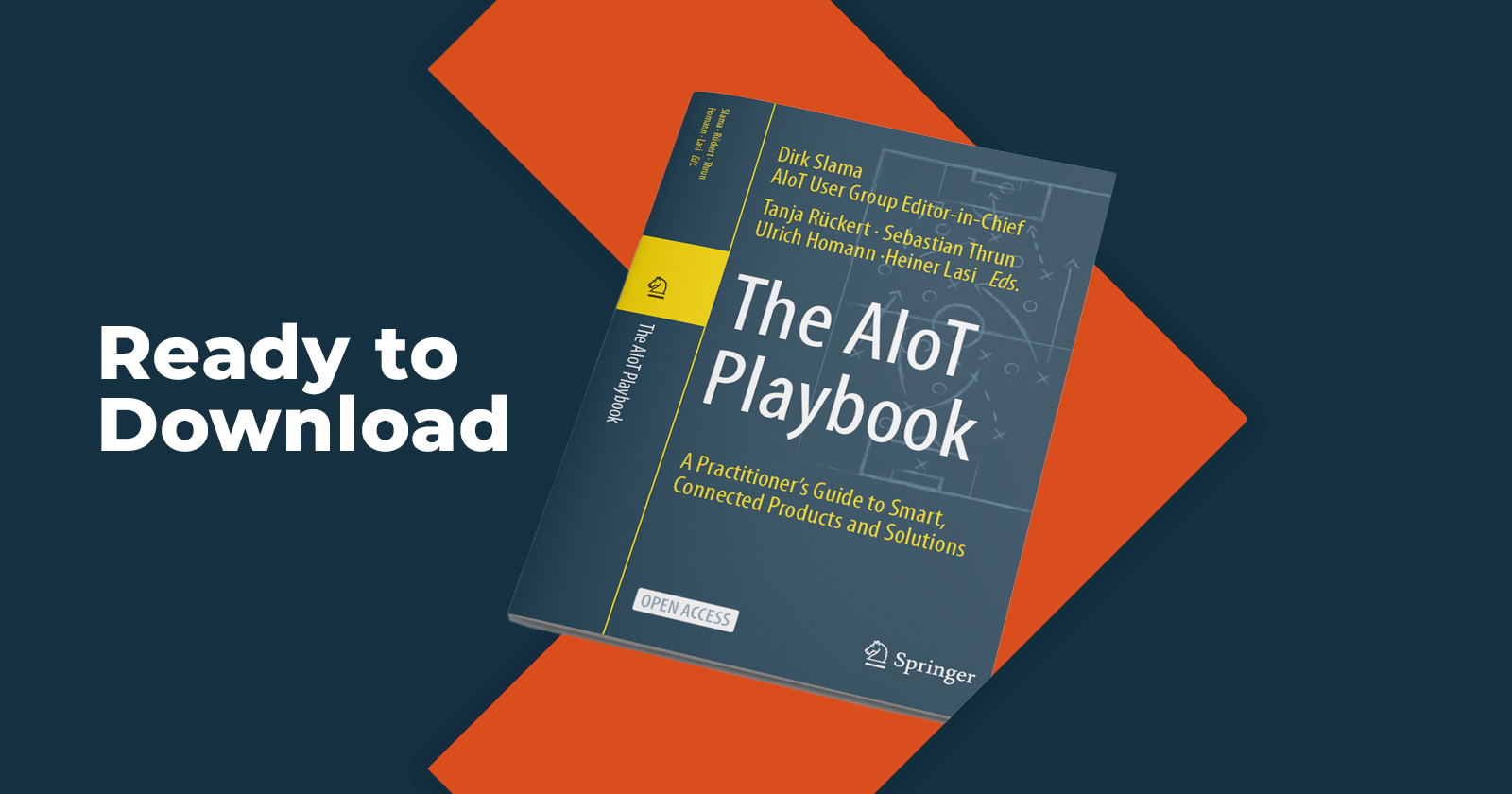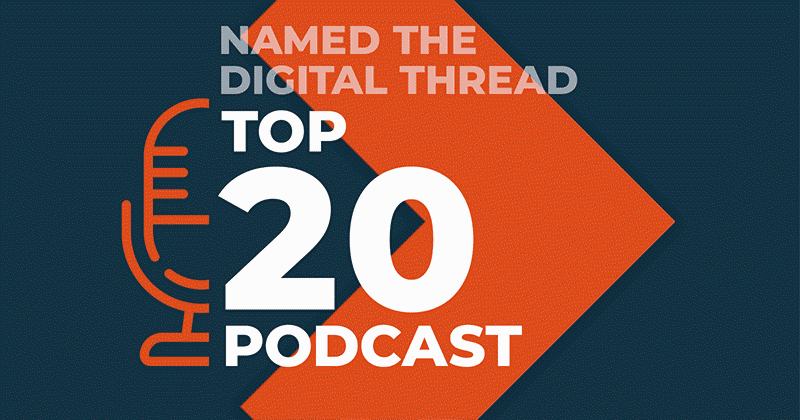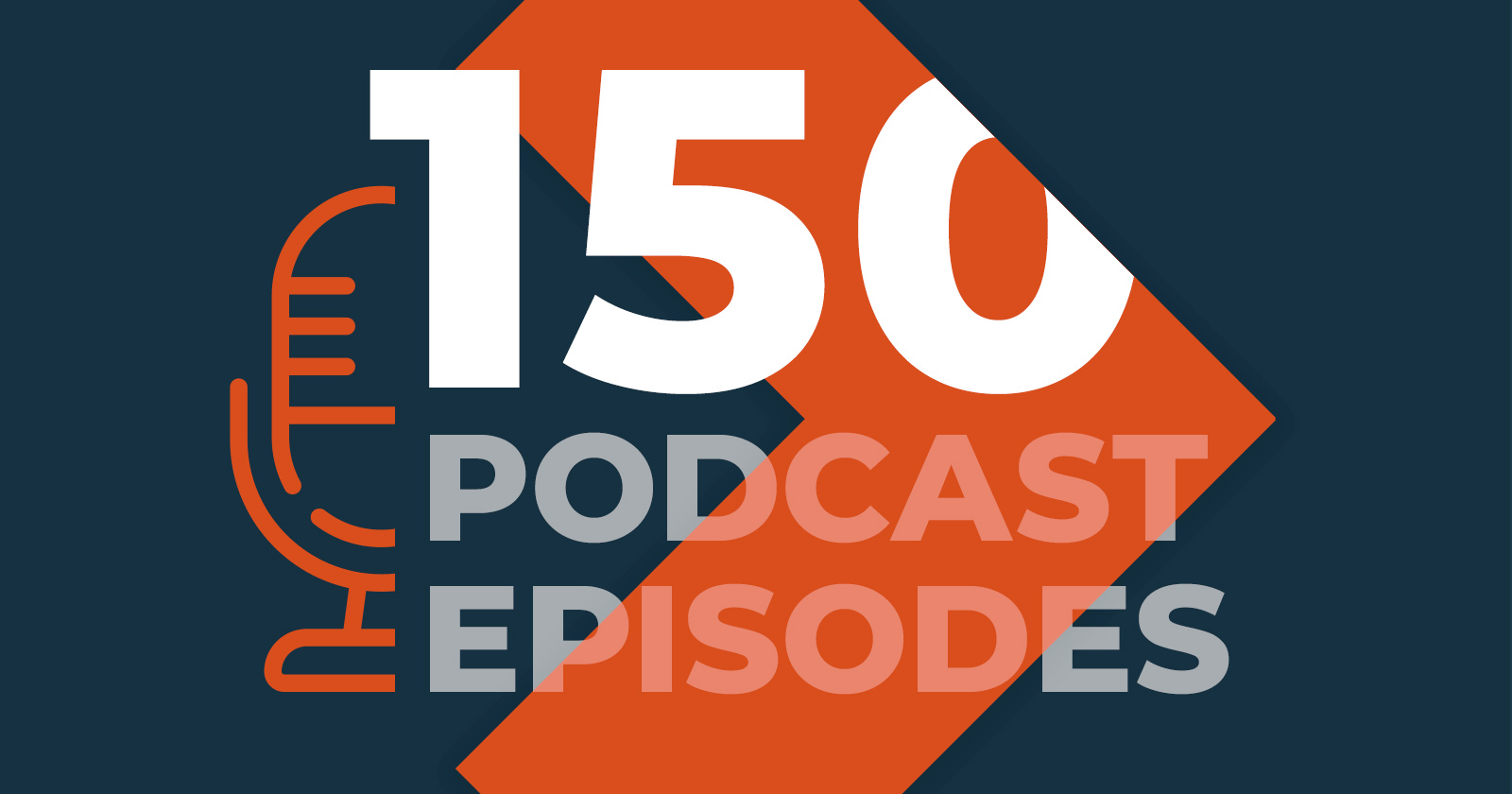Insight Vector: Connected Products Expands Responsibility as Well as Opportunity Part 2
Ed Maguire

Innovation and market perspectives from leading IOT innovators
In part one of our interview with Mario Finocchiaro, we discussed about how technology providers naturally viewed IOT through their own lens, like a Rorscach ink blot test.
In the second part of our interview, Mario discusses how companies that launch connected products need to become 24x7 service providers, and this requires a fundamental re-thinking of the business in many respects. The real value of connected products comes from their data – which provides a “voice of the customer” that was never available before. Security becomes a critical part of the equation in the transition to a world of connected products.
|
|
Mario Finocchiaro |
Mario Finocchiaro is a founding member of Xively's leadership team since its inception in 2013 and serves as Vice President of Business Development for IoT, Customer Engagement, and Support at LogMeIn. He is an experienced executive and entrepreneurial leader with a track record of driving global customer success in the IoT, SaaS, enterprise software, telecommunications, computer networking, semiconductor, and connected home industries while holding senior-level business development, sales, marketing, and management positions in the United States and Europe.
How do companies need to adapt when they launch connected products?
The biggest change a company experiences when they connect a product is in their service delivery. The second a company connects a product, they become a 24x7 service provider. And for most “traditional” product companies, it fundamentally changes how they need to think about and run their business. It’s a shift from one-time product sales to maximizing customer-lifetime-value. From selling to a channel, to an intimate 1:1 relationships with every customer all the time. That’s part of the opportunity that makes connected products so exciting, but when they make that shift, they also need to fulfill the obligations of being an always-on service provider.
Can you explain what makes support so important in IoT?
Customer support is a great example of the shift I mentioned before. Connected product companies are no longer just supporting a product, they are supporting a connected experience. Customers expect their connected products to work all the time, and that if they need help they’ll want to be able to get it right away and by whatever means is most convenient for them at that moment: mobile app, phone, chat, email, etc. And because we’re in a connected paradigm here, they’ll expect that you know what’s happening, and what to do.
If the company doesn’t provide first-class support and resolve issues quickly and delightfully, customer confidence drops quickly and it will be a lot harder to win them back later on. On the other hand, companies that get support have a valuable competitive advantage. In a 24/7 service business, support incidents are inevitable. Companies that are the first to know and the first to act when something goes wrong, have that chance to create a surprisingly satisfying experience and turn their customers into ambassadors for the brand.
How do connected products change other aspects of the business?
Since IoT touches almost every aspect of business, there’s a lot of thought going into the revenue-driving side of the equation. As products are evolving into services, we’re seeing many companies beginning to leverage live data (even anonymized data where data privacy is a consideration) to measure KPIs, like product usage patterns, that can show which products customers like the most (or least) and predict customer satisfaction.
In B2B settings that have different privacy expectations, some usage KPIs can be blended with business solutions like a CRM to point to untapped sales opportunities. Is a product’s consumable about to be used up? Has usage dropped, meaning the customer might be using a competitor’s product? Or have they gotten frustrated because they’re aren’t using the product’s full capabilities and not getting the maximum benefit? With connected products, you’re spotting that and can act. When you start adding machine learning and AI, companies will become even more proactive engaging with their customers based on their personal preferences. Think of how addictive “frequently bought together” suggestions have become in online retail. It’s the same concept. If done well, marketing doesn’t feel like marketing anymore. Instead, it’s useful information at exactly the right time, based on how you are using your product.
Where have there been disconnects in the market, and some opportunities?
Two of the main disconnects I’ve seen are around security and data. From a security standpoint, the IoT industry didn’t start at square one. Cyber-security has been making headlines for years now, but the main problem was that nobody really understood that security in the IoT is different than IT cyber-security. It has to be purpose-built for this particular use case and has to account for the capabilities and uses of the connected product itself.
In many cases, companies looking to tackle IoT security didn’t really know what “secure enough” was. The fear of the unknown was enough to keep some companies on the sidelines, whereas others were totally willing to take security shortcuts that could be detrimental to their business. With Xively we did a tremendous amount of engineering around security and partnered with industry leaders to ensure that our tech stack was rock solid. We also perform security audits on our customers’ systems and won’t do business with customers that don’t meet our standards. Today security specialists are raising the bar even higher with IoT Security platforms – and I see a big opportunity there.
On the data side, the disconnect was that so many companies were focused on the act of connecting the product, there wasn’t a lot of thought into how they could actually use the information these connected products were capturing. It is an iterative process and companies are getting a lot better at it.
How do you think about the future of connected products?
I think that the future is going to be less about the products, and more about the customers behind them. If you’re making connected products, you will be using every interaction to deepen your understanding of your customers and guide them through each step of their interaction with your brand. From their first impressions, to making your product a part of their life, to adding the right complementary services at the right time, to managing the inevitable support issue, and finally – hopefully – to building communities of brand ambassadors. The “voice of the product” becomes the “voice of the customer”, and they’ll always be talking to you, if you’re listening.
As this happens, though, the customer will have an active role in this relationship too. Over time I expect that a new “bargain” is going to be struck between vendors who have the means to collect data, and customers who produce that data. Customers, whether they are enterprises or consumers, will want to take advantage of their own IoT data for their own purposes. And when that happens, data itself will become currency. When this bargain works out, those companies that collaborate closely with their customers to exchange that new-found value of the data will open up a whole new set of opportunities for the IoT to transform businesses and lives for the better.




